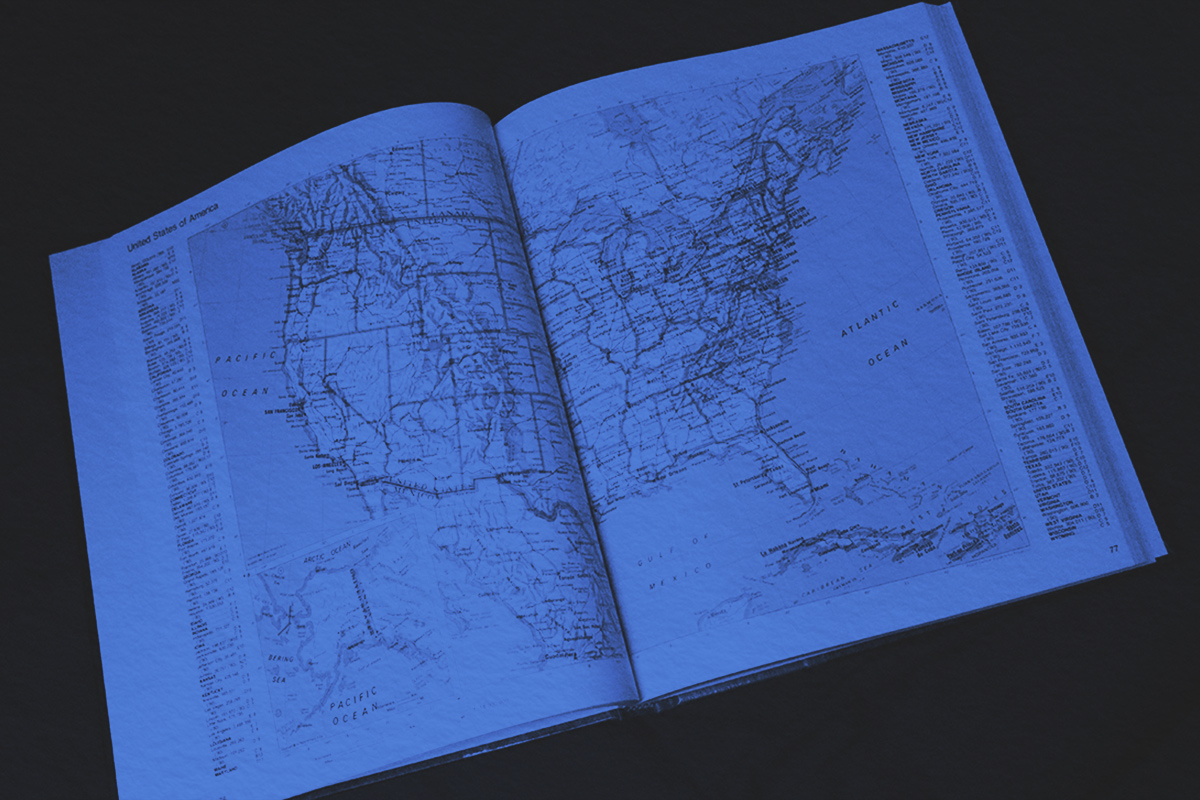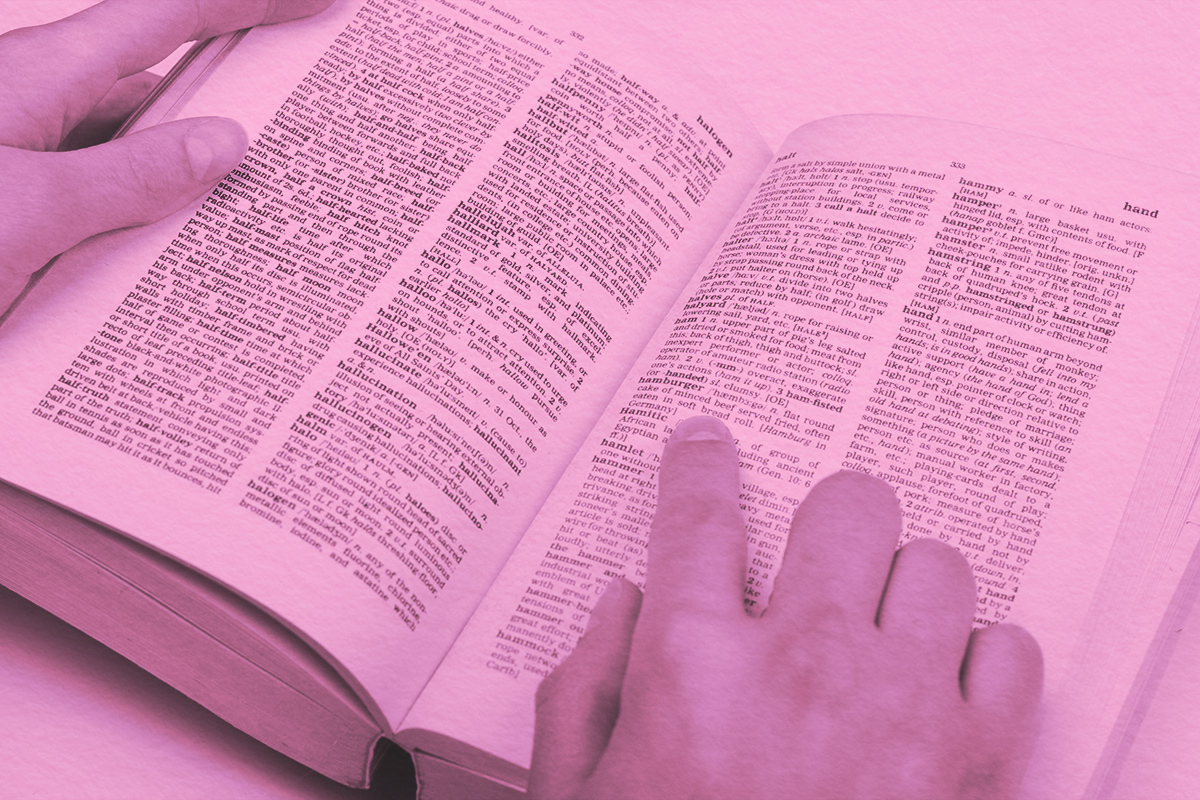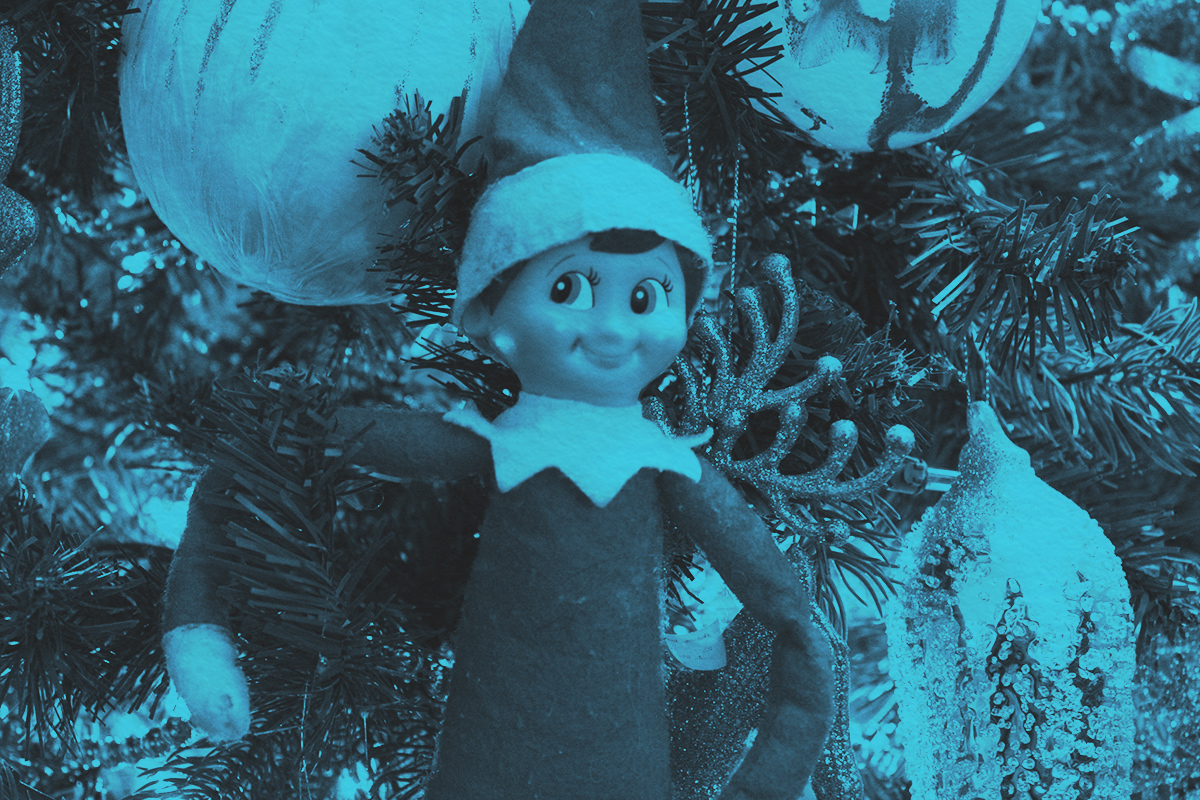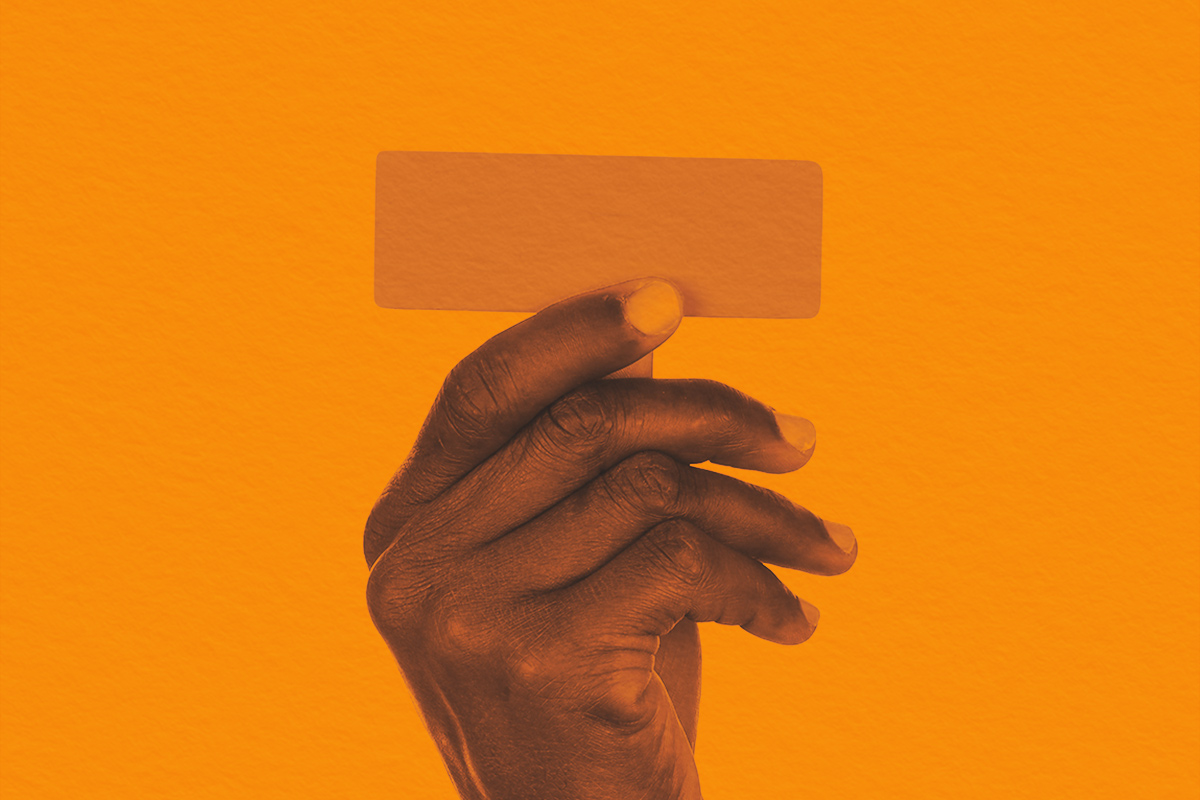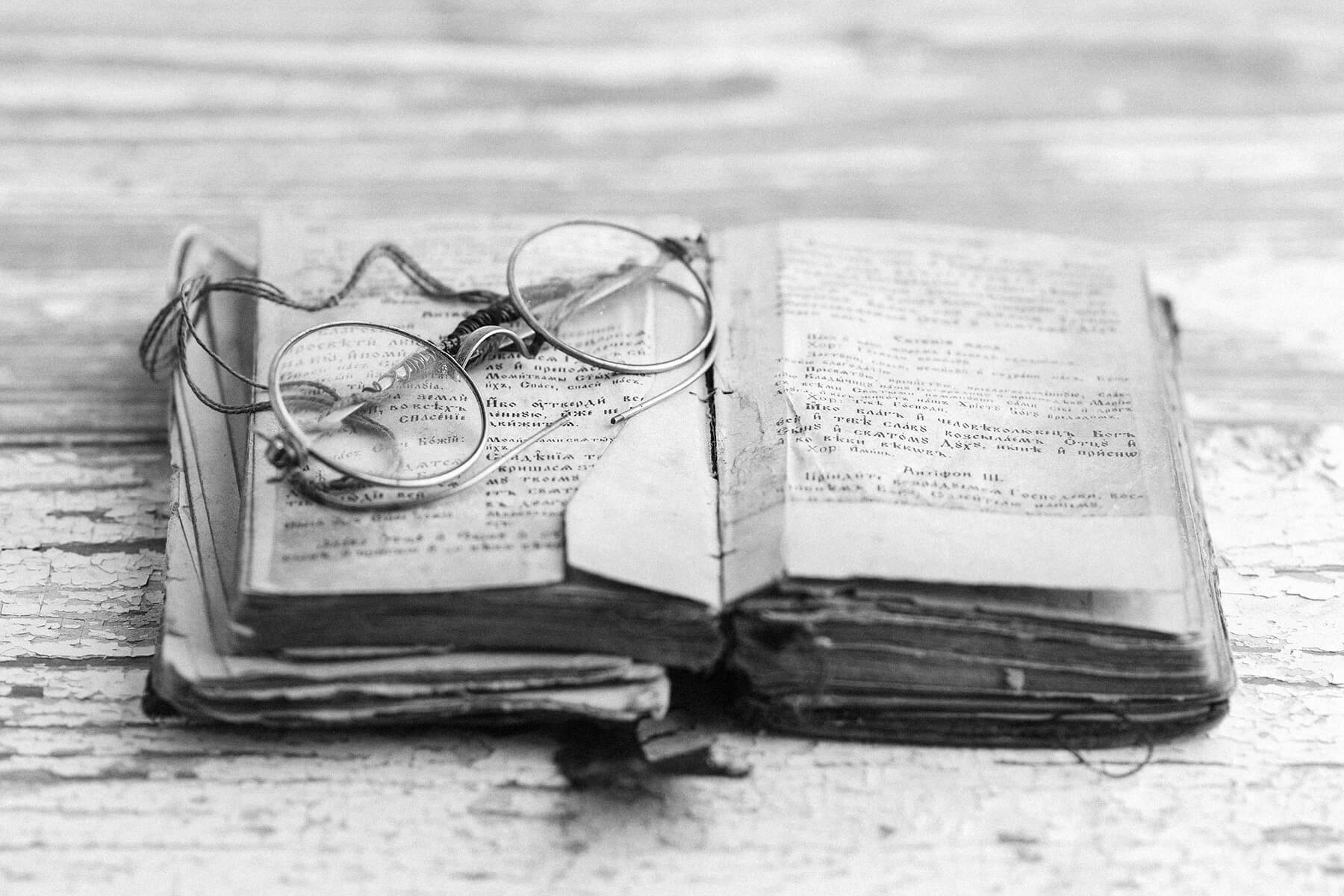
Today the word “jazz” is most often associated with the likes of Ella Fitzgerald and Miles Davis. But before the term ever described the popular music genre, it referred to another quintessentially American pastime: baseball.
In the 1910s, sportswriters coined the word with regard to changes in strategy and how the game was being played. This isn’t to say that Babe Ruth picked up a saxophone and played it to celebrate each dinger. Instead, “jazz” was used to describe lively pitches such as the curveball, which were becoming increasingly common. Let’s do a deeper dive into the origins of the word and examine how it later transitioned to the world of music.
Before “jazz,” there was “jasm” — a word meaning “drive” or “energy” that was coined in the mid-19th century. One of the earliest known uses of that term came in Josiah Gilbert Holland’s 1860 novel Miss Gilbert’s Career: An American Story, which featured the line, “If you’ll take thunder and lightning, and a steamboat and a buzz-saw, and mix ’em up, and put ’em into a woman, that’s jasm.” As best as anyone can tell, “jasm” eventually inspired the word “jazz.” However, the latter wasn’t coined until over a half century later.
In 1912, as minor league pitcher Ben Henderson was preparing the day before his opening day start for the Portland Beavers against the Los Angeles Angels, he spoke with a reporter for the Los Angeles Times. “I got a new curve this year,” he said before the game. “I call it the Jazz ball because it wobbles and you simply can’t do anything with it.” The next day, on April 2, 1912, an article titled “Ben’s Jazz Curve” ran in the Los Angeles Times, and while that season was Henderson’s last, the word “jazz” persisted.
The word “jazz” spread throughout the game and appeared in baseball-related contexts many times thereafter, including in a series of baseball articles that ran in the San Francisco Bulletin in March 1913. It soon expanded to describe other sports-related events. A 1915 article in the Daily Californian discussed how “jazz” could liven up a crowd and propel a team to victory: “This spirit of heartiness is carried to the bleachers … It puts fight into the team, ‘jazz’ into the rooting section, and has helped win games for Stanford and Washington.”
In just three years time, the term had gone from describing a minor league baseball player’s tricks to taking the sporting world by storm. But it was in the mid-1910s that the term made its inevitable transition to music.
Around the year 1915, the word “jazz” emerged in a new musical context. Chicago-based newspapers began referring to a popular peppy music genre as “jazz,” which drew influences from the blues and ragtime styles that preceded it.
It’s worth noting that the term wasn’t immediately adopted by musicians, according to music historian Lewis Porter. “Jazz” seemed to be a linguistic creation of white musicians “up North” (which likely meant Chicago), rather than the Black musicians who were playing and developing the genre further south in New Orleans. Porter adds that musicians such as Duke Ellington, Max Roach, and Sidney Bechet all felt similarly about the idea of “jazz music” being a white invention. In his autobiography, Treat It Gentle, Bechet wrote, “Jazz, that’s a name the white people have given to the music.” Instead, those musicians were likely to claim they were playing a version of ragtime rather than jazz.
Nevertheless, the term “jazz” stuck around the music scene, and by the 1920s, it described any type of dance music including waltzes and foxtrots, rather than the jazz we know today. It also came to refer to a way of life; in his 1922 work Tales of the Jazz Age, F. Scott Fitzgerald uses “jazz” to describe a broader cultural movement in which people cast aside the strict rules of the past in favor of a free and more wild lifestyle.
Unless you’re discussing all-star infielder Jazz Chisholm Jr., it’s been a long time since anyone used “jazz” in the context of baseball. Today it’s primarily used one of two ways. First and foremost, “jazz” refers to the genre of music filled with improvisation, scatting, and syncopated rhythms. This use dates back to the 1950s, when rock ’n’ roll was becoming increasingly popular. Around that time, “jazz” was used to differentiate the distinct musical genre more closely associated with artists such as Miles Davis.
But some Black musicians in the genre still did not embrace the word “jazz” — in 1972’s What “Jazz” Means to Me, drummer Max Roach said, “The term ‘jazz’ has come to mean the abuse and exploitation of black musicians.” Trumpeter Nicholas Payton suggested the alternative of “Black American Music,” though that’s yet to catch on. Many others, however, came to accept the term “jazz” and didn’t express strong views on the matter.
In a non-musical context,“jazz” as a verb can also refer to the idea of “jazzing” something up in an effort to make it more exciting, playing off the original meaning of something that exudes pep or vitality.









